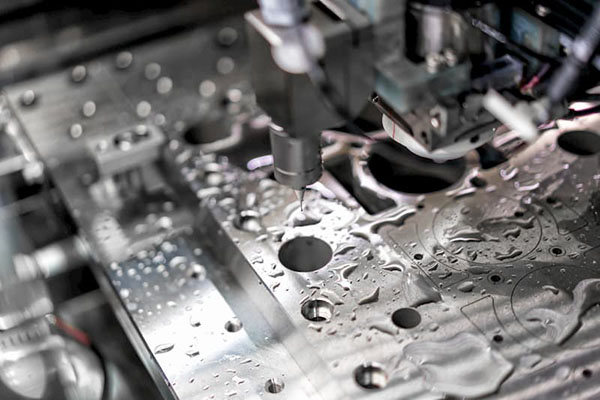In the modern manufacturing world, CNC machining is one of the most widely used techniques when it comes to the creation of prototypes. It has completely replaced the conventional process, prototyping machining using CNC is just nothing that use of computers to create functional and working prototypes.
During the 80’s and ’90s, engineers used to operate routes, shaping machines, vertical millers, and center lathes when creating a prototype. There are a lot of advantages that come with using CNC machines to create prototypes, one of the main ones being prototype machining is completely automated thus replacing manual operators.
For this sole reason, most manufacturers are opting for prototype machining when it comes to the creation of functional prototypes. It’s the go-to manufacturing technique as well as fabrication, prototype machining is one of the best options as it provides precise, efficient, and expedient production.
These are some of the qualities needed before you begin full production as you’ll have a real and working prototype that will be similar to the final product.
Prototype machining comes with its own sets of financial advantages, for example, conventional prototyping machining required the recruitment of manual skilled labor which was costly in the long run. But for CNC prototyping machines, a single operator is required to run the whole prototyping process.
Some of the industrial sectors that require prototype CNC prototyping machining include hospitality, metalwork, military, electronics, firearms, construction automotive, dental agriculture just to mention a few.

CNC machining, *picture from fractory.com
CNC machines used in prototyping
CNC machining is commonly referred to as computer numerical control, in layman’s terms is a process used by producers to create prototypes items and machined parts. The machines or equipment used in the prototyping process are known as CNC machines.
These machines specifically use computer numerical control rater than using old machining tools such as routers, lathes, grinders, and mills. The prototyping machines use specialized software known as G-code.
G-code is a machining language that provides precise control when it comes to features like feed rate, speed, coordination, and location. This special software has the capability of controlling and monitoring the prototype machines.
A single worker will be the one who monitors everything, this is much more superior as you’ll not incur huge labor cost enabling you as a manufacturer to enjoy huge economies of scale.
When it comes to the production of prototypes, CNC prototyping is the go-to method as it allows both producers and clients to see the design product and gauge its viability before mass-production.
There are a lot of advantages that come with prototyping machining, only clients and manufacturers can comprehend this. Regardless of the field or type of business, you are engaged in, prototype machining will provide you with the same benefits.
With prototyping machining, human error is kept at a minimum. The accuracy of these machines is 1/1000th. These machines ensure that the prototyping process is non-stop, the only time production can stop is when regular maintenance is done. The benefits and opportunities of prototype machining are endless.
